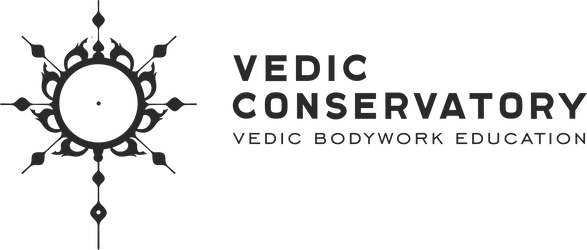Benefits and Cautions
Benefits and Cautions
In the healing arts, benefits and cautions are primary factors necessary for formulating conscious insightfulness and for creating a satisfying and successful treatment.
With respect to the transformational healing potentials of Ayurvedic Bodywork, and essentially all other healing modalities, illuminating awareness and perspectives on the valuable subjects of Benefits and Cautions is an important and fundamental consideration.
As a professional therapist and for procuring a quality treatment, a practitioner's conscientious thoughtfulness of the beneficial and cautionary natures of the various procedures is an indispensable influences for providing a careful overview and sensitive assessment for the recipient.
Furthermore, in order to positively manipulate postures, to open and clear blockages and to intelligently focus on and achieve the desired cautionary subtleties with discretion and prudence, determining and identifying benefits and cautions is an indispensable and imperative process for a professional therapist.
A Session Includes Many Benefits and Cautions
Primarily, benefits and cautions can be evaluated and categorized as either mechanical, neural, chemical or psychological/emotional.
For example, during a treatment's session, a familiar occurrence for a practitioner is to encounter a muscular trigger point or more familiarly known as a spasm or a 'knot'.
This trigger point or knot phenomena maybe individually the result of any one of the four influential categories, mechanical, neural, chemical or psychological/emotional, or the trigger point may be sourced by a combination of the four categories of mechanical, neural, chemical or psychological/emotional influences.
The Awesome Responsibilities of a Dedicated and Noble Therapist are Obvious Even Daunting!
For example, a trigger point's energetics and alchemy may be evaluated as caused by dietary influences thus categorizing this spasm or knot to be chemical in nature.
Another example, the trigger point may be sourced by a family or an environmental or cultural anxiety which would then naturally infer psychological influences.
Or a trigger point may be the result of habitual and improper posture. We can then categorize this influence's source as mechanical in nature.
Identifying within the four fundamental categories the source of the hypersensitivity or identifying within the four fundamental categories the limiting range of motion, the constricted stretch or the persistent spasms will thus allow a therapist to proceed with confident and precise assessments and successful applications.
Glories to the noble and brave therapist!


Leave a comment